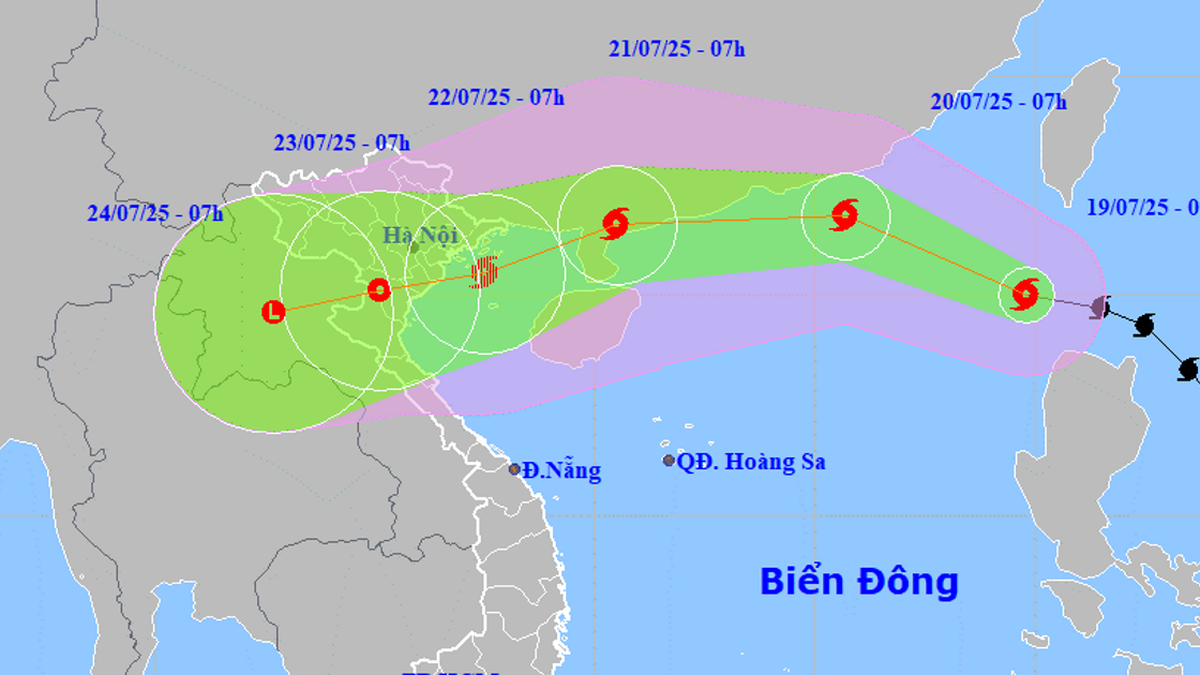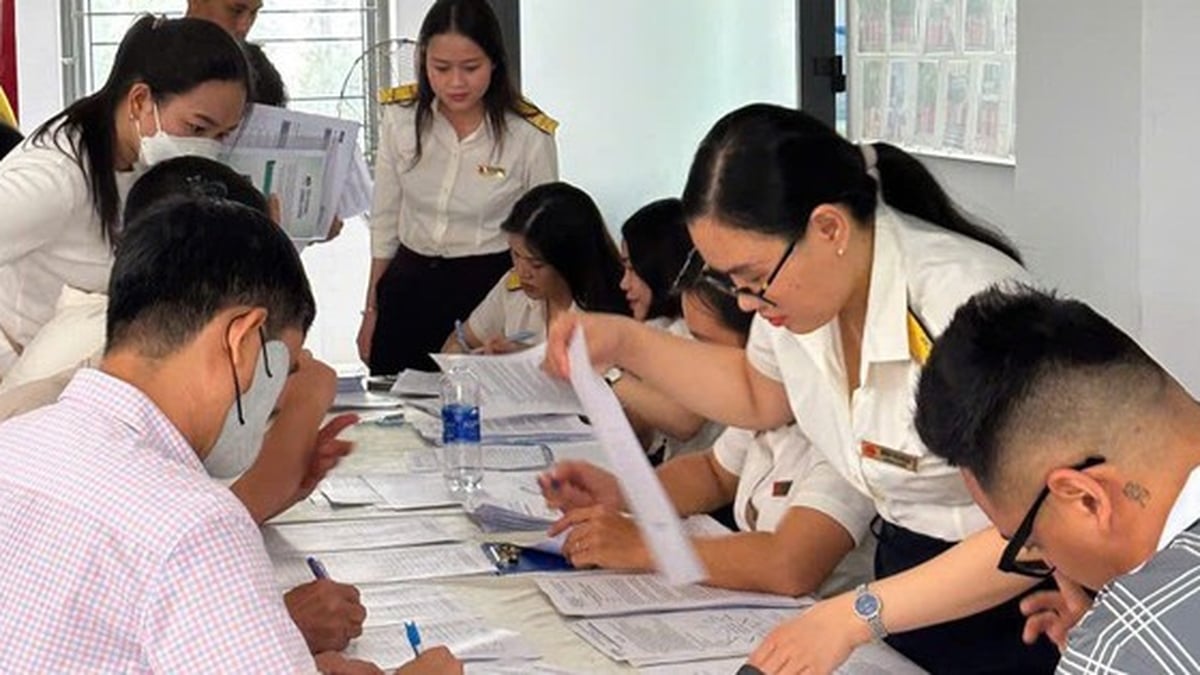The Ministry of Home Affairs drafts a Circular amending and supplementing a number of articles of Circular No. 13/2022/TTBNV dated December 31, 2022 of the Minister of Home Affairs guiding the determination of civil servant rank structure.
According to the Department of Civil Servants and Public Employees (Ministry of Home Affairs), Circular No. 13/2022/TT-BNV provides guidance on determining the structure of civil servant ranks. However, through synthesizing reports from 31 ministries, branches and localities, it shows that some agencies have not yet developed a project on job positions and civil servant rank structure.
The difficulty and problem is that there is no basis to specifically determine the percentage of civil servant structure; there are no specific instructions on civil servant payroll standards and number of employees.
Most Circulars of Ministries managing sectors and fields only provide guidance on the list of job positions, general principles and assign localities to determine the structure of civil servant ranks. Therefore, the determination of the number of employees, the structure of ranks and job positions still has many shortcomings, does not ensure scientific and synchronous nature, and is not consistent in the implementation of determining the structure of ranks.
 |
Some job positions are suitable for practice, necessary and are performing tasks in practice but have not been regulated or guided, leading to difficulties in developing a job position project and determining the number of employees according to job positions.
The number of staff and job positions is not consistent with the assigned functions, tasks and workload. One person must hold many positions, leading to difficulties in determining the structure of civil service ranks.
Due to the failure to determine the rank structure, the construction of job positions according to the new regulations in Decree No. 62/2020/ND-CP and the determination of the total number of staff; the appointment of ranks encountered many difficulties and confusion.
To fundamentally and permanently resolve the current difficulties and obstacles in determining the structure of civil servant ranks, the development and promulgation of the Circular will create a legal basis for agencies, organizations and units to determine the structure of civil servant ranks in accordance with the organization, functions and tasks of their agencies; at the same time, create general conformity in the structure of civil servant ranks in agencies, organizations and units with similar functions and tasks.
Proposing the structure of civil servant ranks of units using civil servants under ministries and ministerial-level agencies
1. For department-level organizations and equivalent under ministries
a) Senior expert level and equivalent: Maximum not exceeding 30%;
b) Senior specialist and equivalent: Maximum not exceeding 50%;
c) Specialist, officer, staff and equivalent positions: Number of remaining positions.
2. For general department level organizations and equivalent under ministries
a) For department-level organizations and equivalent under the general department
Senior expert and equivalent: Maximum not exceeding 30%;
Senior specialist and equivalent: Maximum not exceeding 50%;
Specialist, officer, staff and equivalent positions: Number of remaining positions.
b) For units established vertically to solve specific problems in one or several fields, perform state management functions and organize law enforcement at the local level
Senior specialist and equivalent: Maximum not exceeding 40%;
Specialist, officer, staff and equivalent positions: Number of remaining positions.
Structure of civil servant ranks of units using civil servants of Government agencies
1. Senior expert level and equivalent: Maximum not exceeding 20%;
2. Senior specialist and equivalent: Maximum not exceeding 60%;
3. Specialist, officer, staff and equivalent positions: Number of remaining positions.
Structure of civil servant ranks of specialized agencies and administrative agencies and organizations under the People's Committees of provinces and centrally-run cities
1. For specialized agencies and administrative agencies and organizations under the People's Committees of centrally-run cities
a) Senior specialist and equivalent: Maximum not exceeding 50%;
b) Specialist, officer, staff and equivalent positions: Number of remaining positions.
2. For specialized agencies and administrative agencies and organizations under the People's Committees of centrally-affiliated provinces
a) Senior specialist and equivalent: Maximum not exceeding 40%;
b) Specialist, officer, staff and equivalent positions: Number of remaining positions.
Structure of civil servant ranks of specialized agencies and administrative agencies and organizations under the People's Committees of districts, towns, provincial cities, and centrally-run cities
The structure of civil servant ranks of specialized agencies and administrative agencies and organizations under the People's Committees of districts, towns, cities under provinces, and cities under centrally-run cities includes the ranks of specialists, officers, employees and equivalent.
The structure of civil servant ranks of other agencies, organizations and units established according to the provisions of law
1. For organizations established by the Government or the Prime Minister that are not public service units
Based on the functions and tasks of the organization; the authority to establish and the regulations in this Circular to determine the corresponding civil servant rank ratio.
2. For other agencies, organizations and units belonging to or directly under ministries, ministerial-level agencies, Government agencies; agencies under provincial People's Committees, People's Committees of districts, towns, provincial cities, and centrally-run cities established in accordance with the provisions of law
Based on the decision of the competent authority to establish to determine the ratio corresponding to the ratio of agencies, organizations and units.
According to Chinhphu.vn
Source



































































































Comment (0)